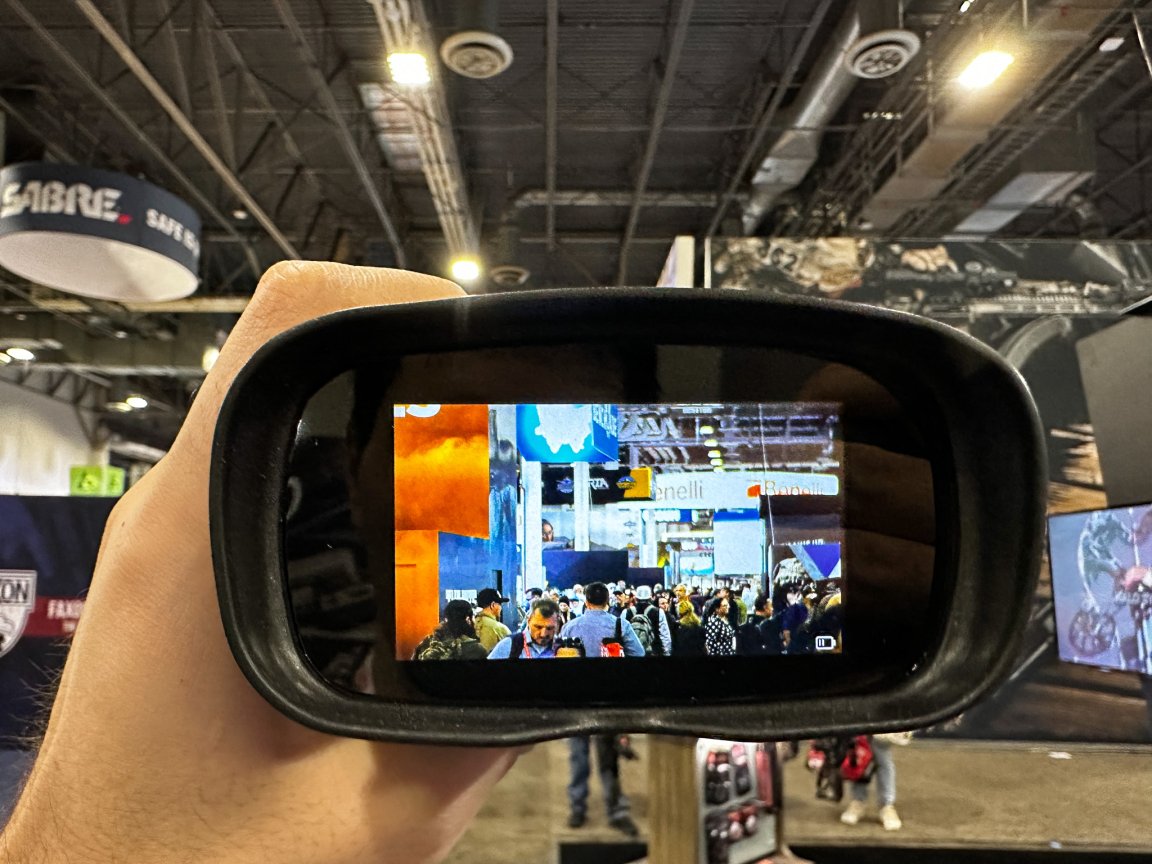We may earn revenue from the products available on this page and participate in affiliate programs. Learn More ›
One of the advantages of premium binoculars is that they allow you to observe animals up until the last moments of daylight. But what if you didn’t have to pay thousands to buy a binocular capable of extreme low light performance? Buk Ops, a company owned by Surge Outdoors, is banking on customers who want high visibility within a low budget.
Buk Ops Buknoculars Specs
- 25mm objective
- Manual focus
- Adjustable IR illuminator
- Full-color, HD Display
- Day and night modes
- MSRP $499
- Available in early August 2024

Buk Ops is a company coming to market with a $499 binocular that rivals the most expensive binoculars in low-light performance. They achieve that by utilizing digital night vision technology. The basic concept is that an internal sensor amplifies ambient light and produces an image on a screen. The binoculars are intended for day use, but they can also be used to observe your surroundings after dark in the black-and-white night vision mode.
While handling the binoculars at their SHOT Show booth, I was impressed by the resolution and refresh rate. There was very little noticeable lag while quickly scanning the area. The binoculars have a one- to five-times zoom range, and the zoom is adjustable with the touch of a button. Buk Ops is also releasing a crossbow scope with similar tech, but the crossbow scope doesn’t have an IR illuminator to comply with state regulations.

I got to demo the crossbow scope’s low light enhancement. Buk Ops had a target set up in complete darkness, which wasn’t visible to the naked eye. But while looking through their crossbow scope, it was clearly identifiable in the crisp, HD display.
Read Next: The Best Thermal Scopes of 2023, Tested and Reviewed
I don’t think the Buknoculars are quite ready to replace your Swarovski binos because there’s a lot more to hunting binoculars than low-light performance. Things like eye fatigue, durability, and resolution also have to be considered and tested with several seasons of use. It will be interesting to see how digital optics evolve — and if they get good enough to surpass traditional glass.
